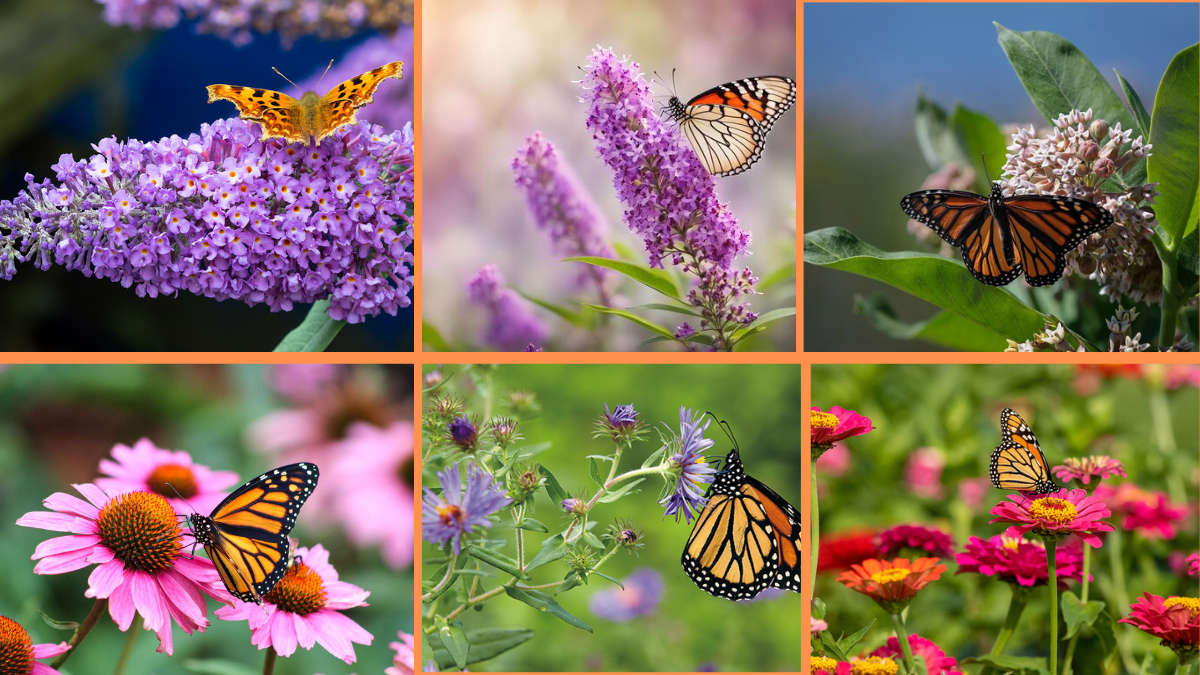There’s something magical about seeing a fluttering butterfly in your garden. These beautiful pollinators not only add color and life to your outdoor space but also play a vital role in pollinating plants and maintaining a healthy ecosystem. The good news? You can easily turn your garden, patio, or balcony into a butterfly haven by choosing the right flowers and creating a welcoming environment.
In this guide, we’ll explore 10 effective and simple tips to attract butterflies to your garden using flowers, so you can enjoy their graceful presence throughout the season.
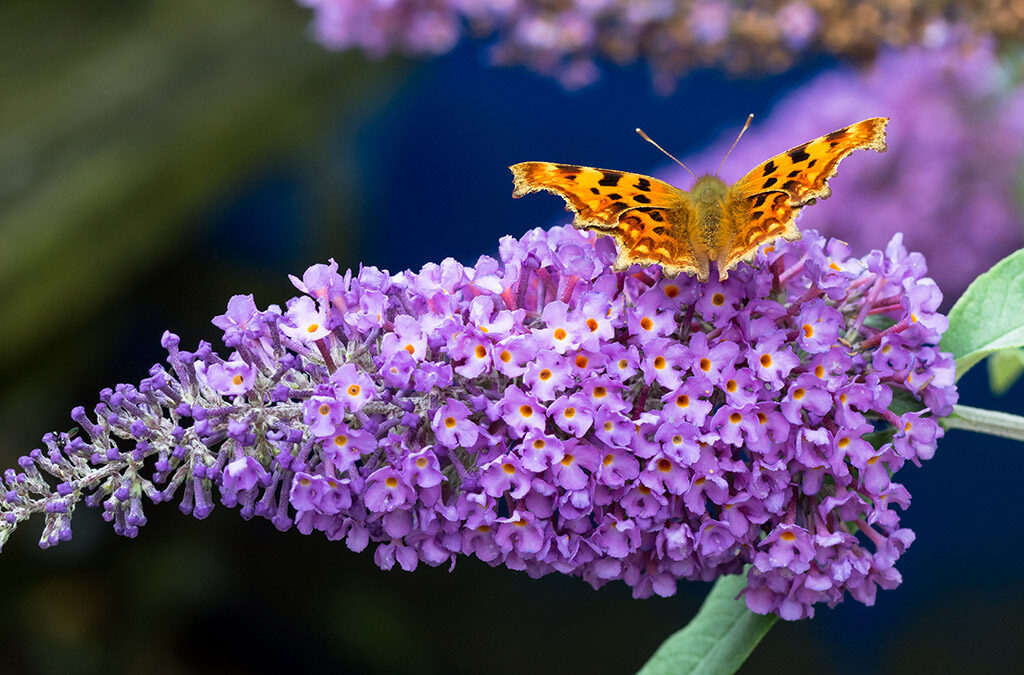
Why Attract Butterflies to Your Garden?
Before we dive into the tips, let’s understand why butterflies are so valuable:
- Pollination: Butterflies help pollinate many flowering plants, supporting the growth of fruits, vegetables, and seeds.
- Biodiversity: A butterfly-friendly garden attracts other beneficial insects like bees and ladybugs, promoting a balanced ecosystem.
- Natural Beauty: Their colorful wings and delicate movements make any garden more charming and lively.
And the best part? Attracting butterflies isn’t difficult if you know what plants and conditions they prefer.

1. Plant Nectar-Rich Flowers
The number one way to attract butterflies is by planting flowers packed with nectar — their main food source.
Top nectar-rich flowers include:
- Butterfly Bush (Buddleja)
- Coneflower (Echinacea)
- Milkweed (Asclepias)
- Black-eyed Susan (Rudbeckia)
- Lantana
- Verbena
- Zinnias
- Marigolds
Pro Tip:
Choose flowers in bright colors like red, orange, pink, purple, and yellow — butterflies are naturally drawn to vibrant hues.
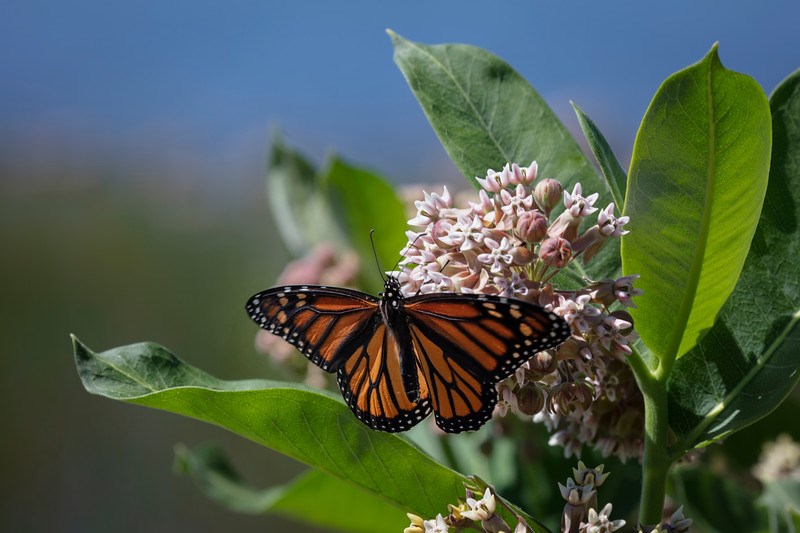
2. Provide Host Plants for Caterpillars
To keep butterflies around, it’s not enough to feed the adults — you also need to support their offspring. Butterflies lay eggs on specific host plants that caterpillars feed on once they hatch.
Popular host plants:
- Milkweed for Monarchs
- Parsley, fennel, and dill for Swallowtails
- Passionflower vine for Gulf Fritillaries
- Violets for Fritillaries
Tip:
Don’t be alarmed if these plants look a little chewed up — it means they’re serving their purpose!
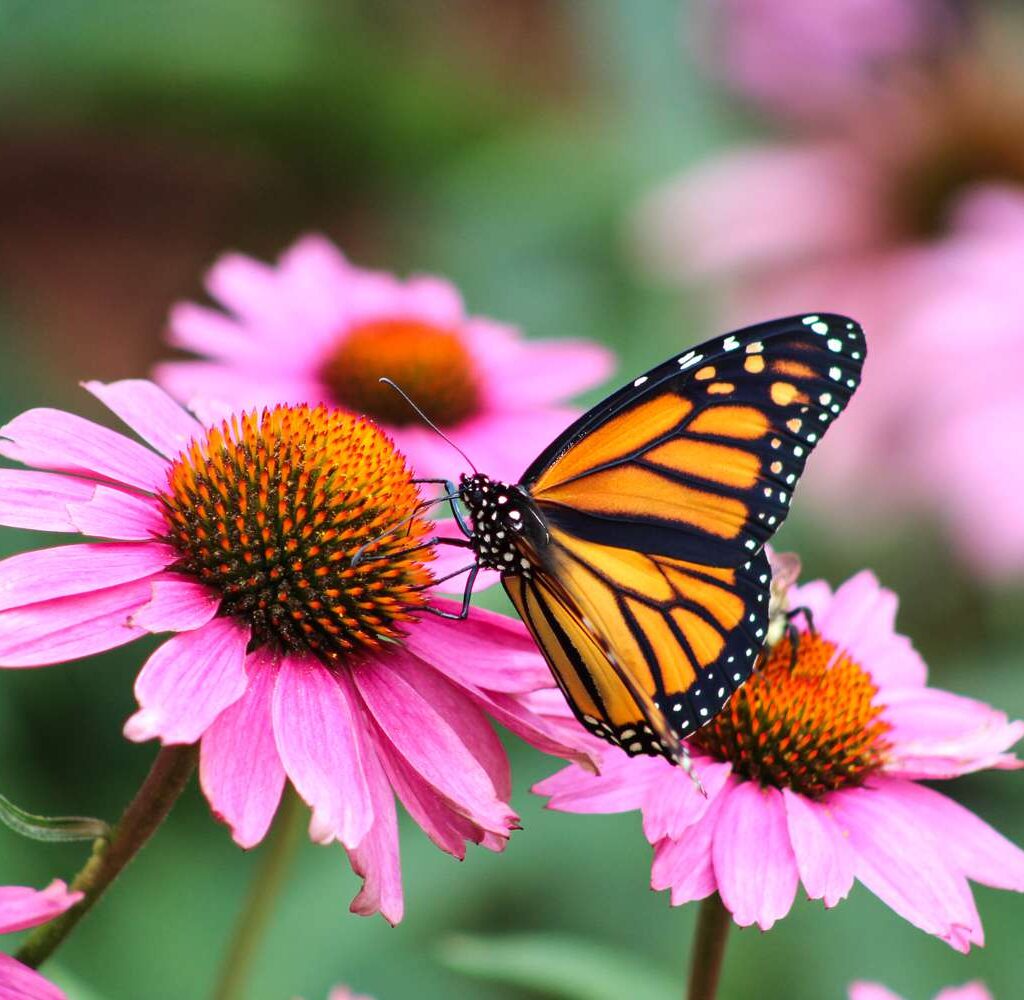
3. Plant in Clusters for Easy Access
Butterflies are more likely to visit gardens where flowers are grouped together in clusters. This makes it easier for them to find nectar sources without expending too much energy flying from plant to plant.
Plant tip:
Group the same flower types together in patches of 3–5 or more. A mixed but clustered layout not only attracts butterflies but also creates a visually stunning garden.
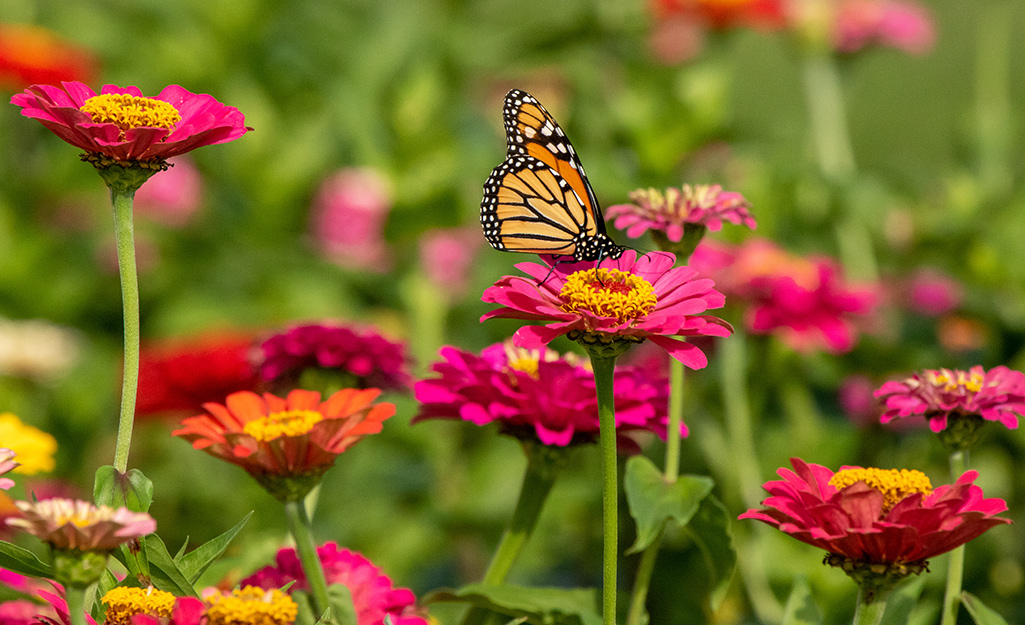
4. Choose Native Plants
Native plants are naturally adapted to your local climate and soil, making them ideal food and habitat sources for native butterfly species.
Why choose native plants:
- Require less maintenance and water
- Attract local pollinators better than non-native varieties
- Support local ecosystems and butterfly populations
Check with your local nursery or agricultural extension office for a list of butterfly-friendly native plants suitable for your area.
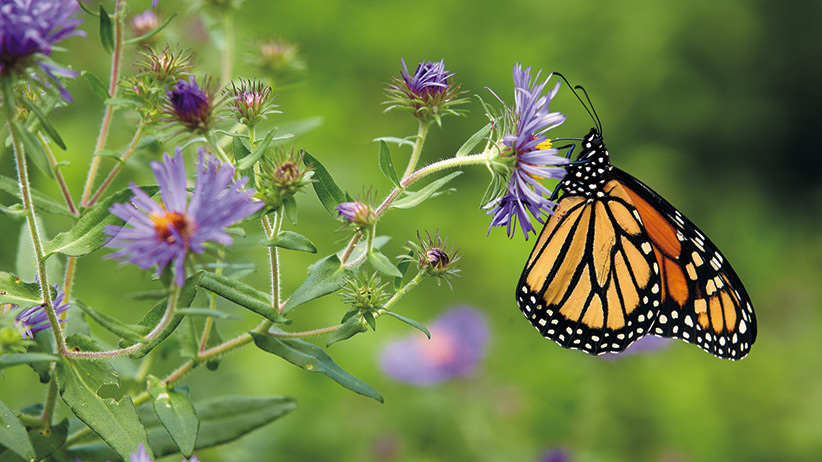
5. Provide Continuous Blooms
Butterflies need a constant supply of nectar throughout the growing season. To keep them coming back, plant a variety of flowers that bloom at different times of the year.
Flower blooming schedule:
- Spring: Phlox, Alyssum, Lilac
- Summer: Coneflower, Zinnia, Butterfly Bush
- Fall: Aster, Sedum, Goldenrod
Pro Tip:
Annuals like marigolds and zinnias provide steady blooms, while perennials offer long-term support for future seasons.
6. Avoid Pesticides and Herbicides
Chemical pesticides and herbicides can be harmful to butterflies, caterpillars, and other beneficial insects. Even organic pesticides can disrupt the natural food chain.
Safer alternatives:
- Encourage natural predators like ladybugs and lacewings
- Hand-pick pests when possible
- Use neem oil or insecticidal soap only as a last resort, and apply early in the morning or late evening when butterflies aren’t active
A chemical-free garden is a butterfly-friendly garden.
7. Provide Sun-Drenched Flower Spots
Butterflies are cold-blooded and need sunlight to regulate their body temperature. They’re most active in warm, sunny areas and are less likely to visit shady, damp spots.
Garden layout tip:
Plant your nectar flowers in areas that receive at least 6 hours of full sun daily. Include flat rocks or stepping stones where butterflies can bask in the sun.
Bonus Tip:
Position a shallow dish of water or a butterfly puddling station nearby for them to drink and absorb minerals.
8. Keep the Garden Wind-Protected
Butterflies are delicate creatures and prefer calm, sheltered areas where they can feed and rest without battling strong winds.
Ways to protect butterflies from wind:
- Plant taller shrubs or hedges as natural windbreaks
- Place flowerbeds near fences or garden walls
- Arrange pots or trellises strategically around open garden areas
Creating a safe, peaceful environment makes your garden even more inviting.
9. Add Puddling Stations
Besides nectar, butterflies seek out moist soil, wet sand, or shallow water puddles to absorb minerals and salts, which help with reproduction and overall health.
How to make a simple puddling station:
- Fill a shallow dish with damp sand, gravel, and a little water
- Add flat stones for resting spots
- Refresh water regularly to prevent mosquitoes
Place the station near your flower patches to increase butterfly visits.
10. Use Fragrant and Tubular-Shaped Flowers
Butterflies are particularly drawn to scented and tubular flowers, as these shapes are easier for them to access nectar using their long proboscis.
Great options include:
- Butterfly Bush
- Trumpet Vine
- Bee Balm
- Honeysuckle
- Salvia
Mix these with your nectar-rich plants for an irresistible butterfly buffet.
Final Thoughts
Creating a butterfly-friendly garden is one of the most rewarding and eco-friendly ways to beautify your outdoor space. By providing nectar-rich flowers, host plants for caterpillars, sunny resting spots, and chemical-free environments, you’ll enjoy watching butterflies flutter by throughout the growing season.
Not only will you be adding color and life to your garden, but you’ll also be supporting important pollinators that help keep our ecosystems healthy.
